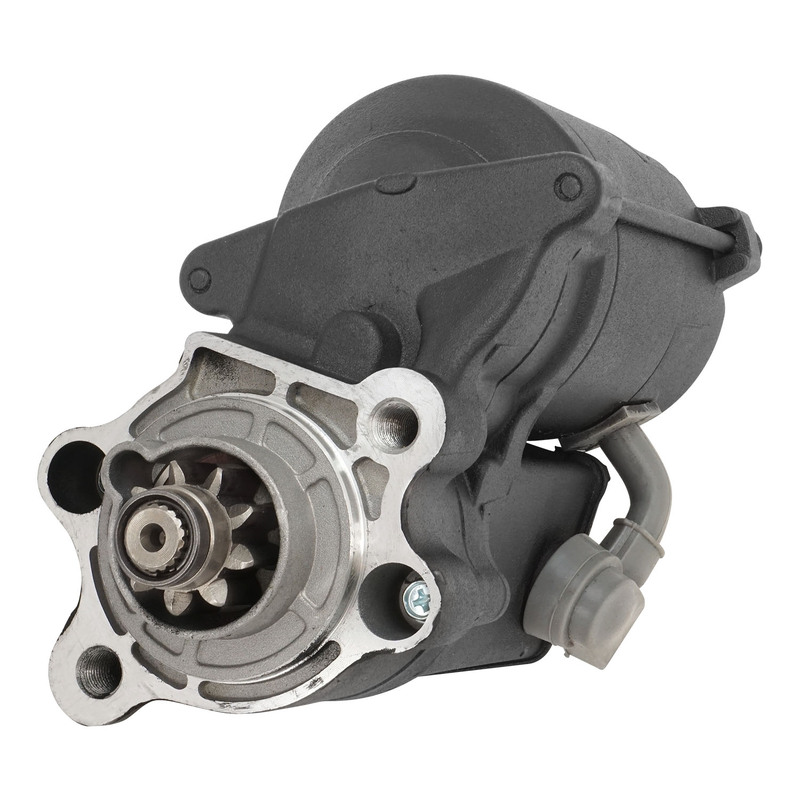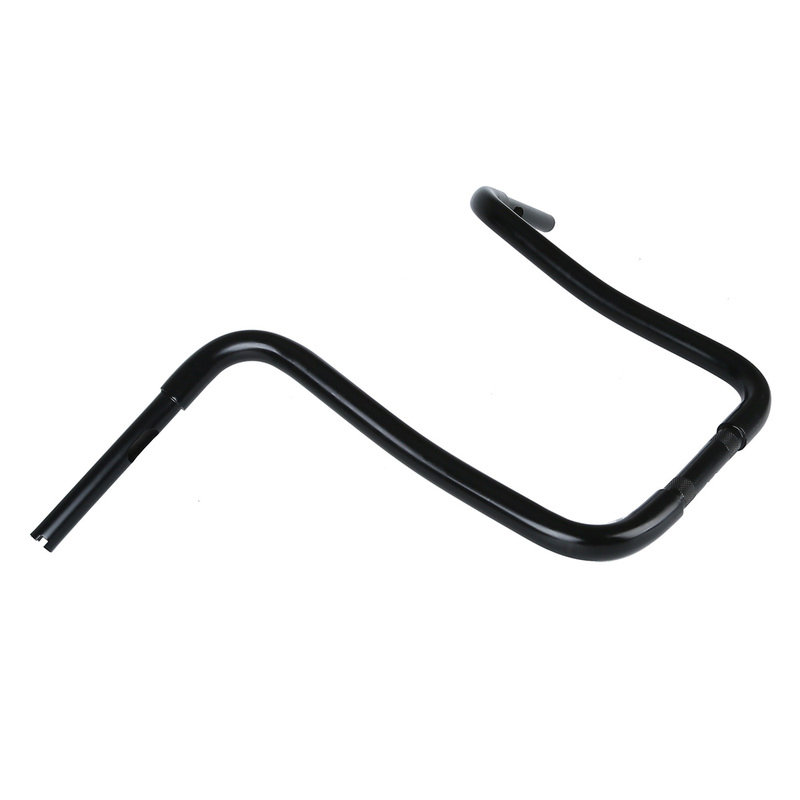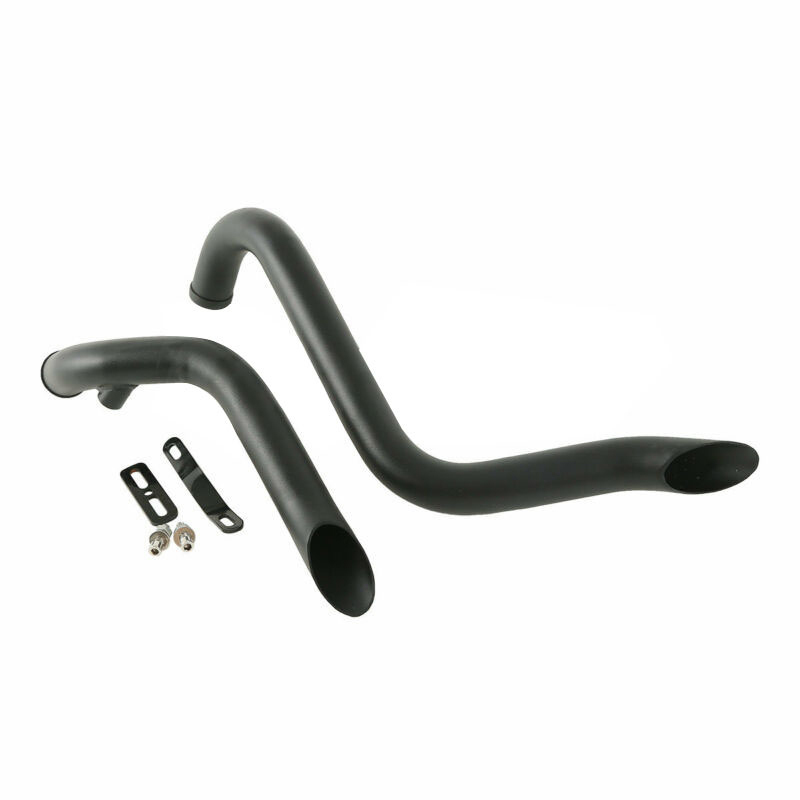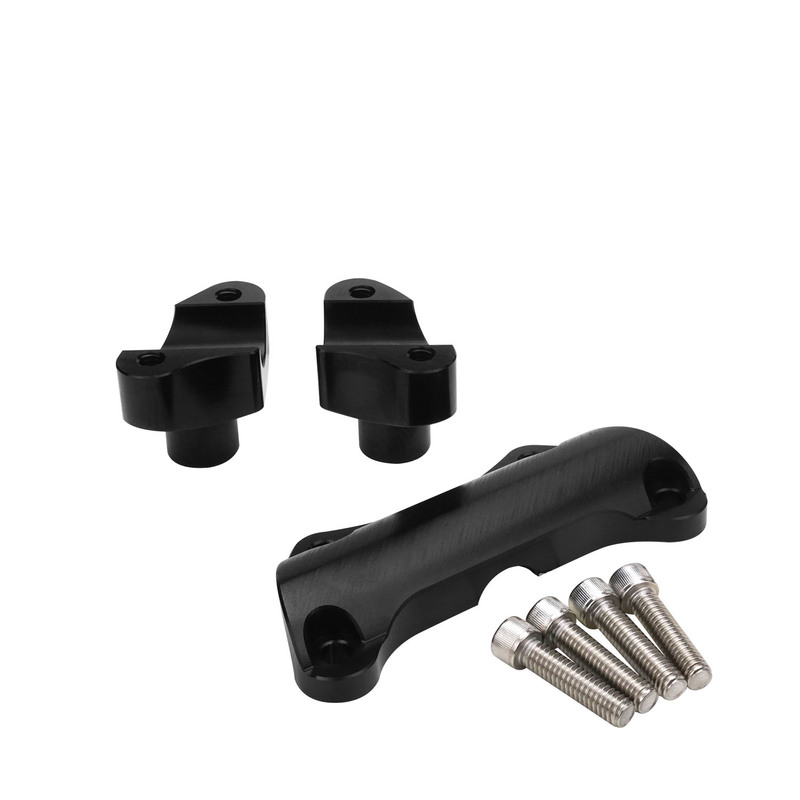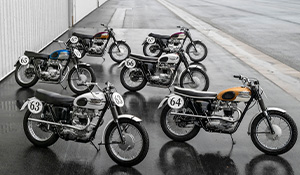BIKE UPGRADES – ACCESSORY MOUNTS
Mount and Ride
When was the last time you stuffed a motorcycle touring atlas into your tankbag before going on a ride? Probably some time back if, like most motorcyclists these days, you rely on your phone for navigation.
Even when going for longer rides, many motorcyclists will use an electronic device such as a phone, tablet or dedicated satnav for navigation over a paper map or a touring atlas, but finding a place to stow electrical equipment, where it can be easily accessed and operated, and be protected, usually requires the use of some specific mounting hardware.
Luckily, there’s heaps of gear on the market designed for this very purpose.

Tankbags
Tankbags were around long before riders started using electronic devices for navigation, and they have been adapted perfectly to suit the digital age. Just as we once slid our maps and touring atlases into a tankbag’s top pocket with its clear plastic cover, we can now do the same with a phone or a tablet. Of course, you need to be sure that the pocket holding your device is completely weatherproof, and it helps if you can use the device’s touchscreen without having to remove it from the tankbag.
While many modern tankbags will feature a weatherproof top pocket for tablets and phones, there are also bags completely dedicated to device storage.
No matter what style or brand of tankbag you opt for, you’ll need to make sure it securely fits to your bike, that it doesn’t get in your way or cause discomfort while riding and that you’ll be able to easily access and use your device.
Different tankbags attach to bikes in a variety of ways: some attach to a pre-fitted tank cover, some attach using magnets, some use suction cups, some use straps and others attach via a dedicated tank-lock system fitted to the bike’s fuel filler ring. No matter what type best suits you and your bike, you’ll need to ensure it doesn’t interfere with bike controls or steering lock, and that it doesn’t prevent you from easily reaching the handlebar. In fact, many tankbags can offer added rider support when travelling long distances, providing something to lean on during long stints in the saddle.

Another aspect to consider when looking at tankbags is easy removal from the bike. If you’re going to stash valuables in your tankbag like tablets and phones, you won’t want to leave it on the bike unattended. A tankbag with handles, a shoulder strap or one that doubles as a backpack will be much easier to carry when you pull up at the servo for a leak or drop into a café or pub for a bite to eat.
Most tankbags will be manufactured from tough polyester materials and will feature high quality weatherproof zips, but there’s no guarantee they will keep all moisture out when you’re riding through a downpour, so look for one that comes with a rain cover that can be easily fitted when it’s bucketing down. Oh, and a weatherproof charging port is another handy feature.

Handlebar Mounts
For those who want to mount a satnav device or a phone to their handlebar there are a number of solutions.
Oxford manufactures a product called the Strap-Nav Sat Nav Holder that can be adapted to suit just about any handlebar thanks to its Velcro strap mounting system. The holder itself is designed to house most car and motorcycle satnavs and it features double-layer construction for weather resistance and a water-resistant cable outlet.
The Wunderlich Media Bag EVO is designed to suit all smartphones and is compatible with a number of mounting systems including Wunderlich’s own MultiPod as well as RAM Mounts. Features include weather resistance, thick padding for device protection, flaps for glare protection, touchscreen compatibility and water-resistant cable port.
Adventure touring accessory manufacturer Touratech produces a variety of satnav handlebar mounts and adapters, including a lockable device designed specifically for the Garmin Montana/BMW Navigator satnav device. This allows the satnav to be left on the bike without fear of it being pinched, and it also incorporates the device’s power supply. Touratech also makes handlebar brackets to suit a number of different road and adventure bikes.
For those who prefer to navigate using a smartphone, Oxford produces the Dryphone, and there are a number of models designed for specific phone fitment including various iPhone and Samsung models. This product is waterproof and touchscreen compatible and depending on the model it even features fingerprint compatibility. It’s easy to install and can be fitted to various diameter handlebars.
Quad Lock produces a sleek solution to protecting and carrying your smartphone on a motorcycle consisting a super-tough case with a polycarbonate core and impact absorbing TPU outer shell with a dual-stage lock that quickly and easily attaches to the company’s handlebar- or mirror-mount kit.

Power Sources
Once you’ve mounted your device you’ll need to think about a charging solution. Most phone and satnav holders will incorporate a cable port for on-bike charging, which you can then plug directly into your bike’s 12V power outlet. Of course, not all bikes will have provision for device charging, in which case you’ll need to fit your own 12V power outlet.
Equipping your bike with a power outlet is straightforward, but when running power cables make sure you always fit a fuse near the battery, and ensure the cables don’t interfere with bike controls, or could snag or be susceptible to damage.
Connected
If you intend on using your satnav or smartphone for street-by-street navigation, you won’t want to be constantly looking at the screen for guidance no matter where it’s mounted on your bike, so you’ll need an audio set-up. While you could just use a pair of Bluetooth headphones, a better alternative is to equip your helmet with a dedicated communications device.
A Bluetooth communications system such as the Cardo Scala Rider Freecom not only allows you to connect to a satnav or a smartphone, but it also includes an FM radio and allows you to communicate with a pillion or fellow riders who also have the device fitted. The kit consists a rechargeable and waterproof receiver/transmitter that mounts to the side of your helmet, two speakers and a microphone.


Gloves
Touchscreens use a layer of capacitive material under the glass that holds an electrical charge, and when you touch it with your fingers this charge is affected, and the device recognises this as a touch command. When you’re wearing motorcycle gloves, these commands cannot be read by the device… unless the gloves have conductive thread in the fingertips.
These days, many motorcycle gloves will offer touchscreen compatibility, and this important feature is usually marketed in an obvious way, but if you’re not sure you can always give the gloves a try in-store with your smartphone before making a purchase.







